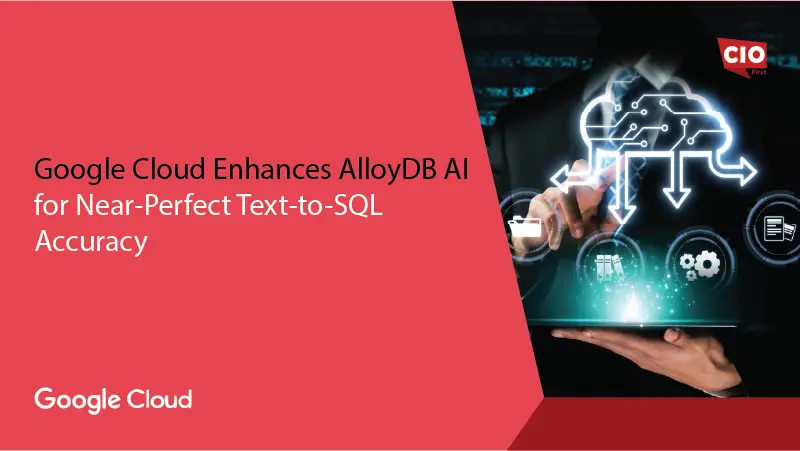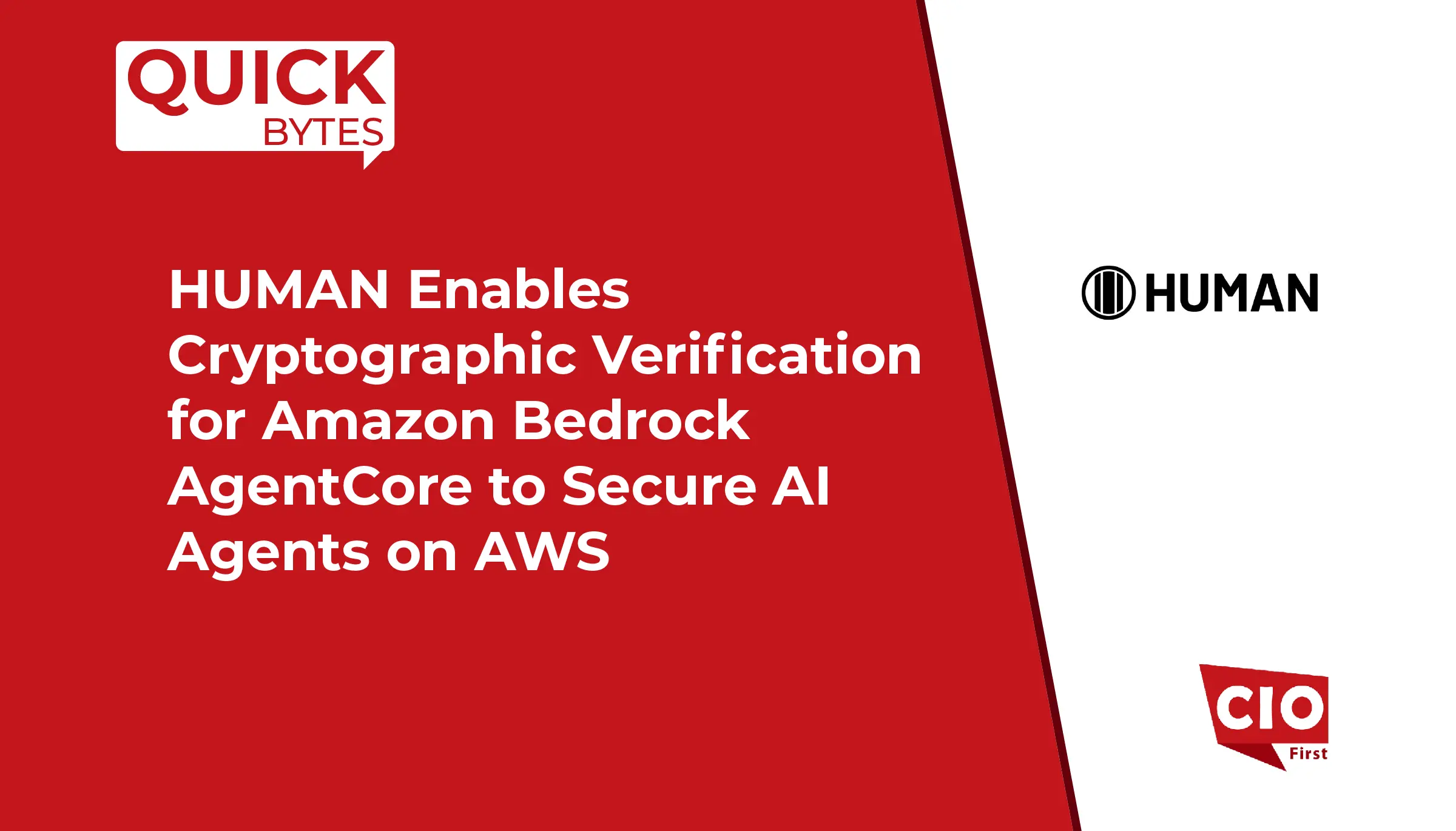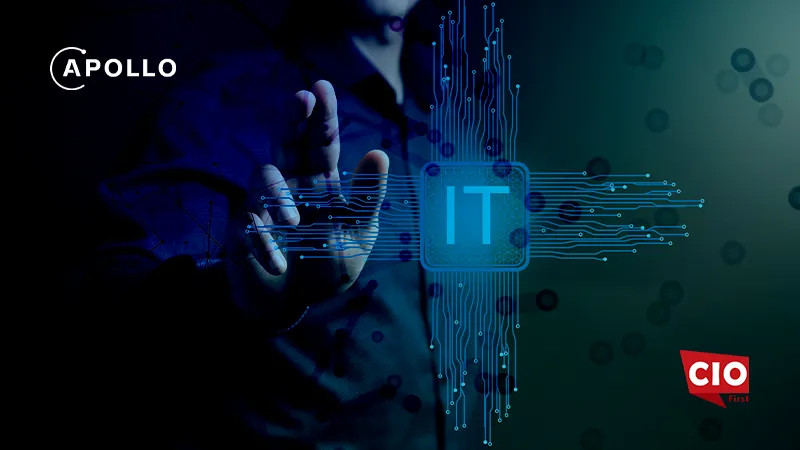At PlatformCon, Apollo GraphQL, the creator of GraphQL federation, announced new features in Apollo GraphOS are now generally available to better leverage GraphQL’s developer productivity and performance benefits at any scale. This release provides API platform teams with visibility, usability, and performance benefits for GraphQL federation, enabling the engineering teams they serve to maximize the value of their APIs across their business.
As the leading GraphQL federation platform, GraphOS provides an abstraction layer for API complexity, enabling product engineering teams to rapidly build and iterate features based on customer demand. Gartner predicts that 30% of enterprises using GraphQL will utilize GraphQL federation by 2027, up from less than 5% in 2024.1 Apollo believes this trend suggests the number of enterprises using GraphQL federation as their API access layer will increase by 12x. GraphOS provides everything enterprise teams need to deliver GraphQL federation at any scale.
“GraphQL federation removes the friction between the frontend and backend that we see in distributed architectures,” said Matt DeBergalis, Chief Technology Officer and co-founder at Apollo GraphQL. “This latest GraphOS release enables API platform teams to operationalize GraphQL federation’s benefits faster, so they can focus less on building custom tooling and more on their customers’ needs.”
Also Read: Formstack Acquires Open Raven
This latest GraphOS release includes significant improvements around observability, usability, and performance, enabling API platform teams to operate GraphQL federation more easily than ever before. “At enterprise-scale, every millisecond of latency in your consumer’s digital experiences impacts the bottom line,” said Rob Brazier, VP of Product at Apollo GraphQL. “With this release of Apollo GraphOS, we’ve made it even easier for API platform teams to observe and optimize the performance of federated graphs.”
Apollo’s latest release provides operational excellence for GraphQL federation
GraphQL federation is becoming a de facto architecture for platform engineering teams to simplify API governance across distributed architectures. Client teams can fetch all the data they need from a single endpoint, and this paradigm enables API platform teams to enforce better governance, provide better visibility into service usage, as well as use standardized tools for performance. GraphOS provides a complete solution for delivering GraphQL federation at any scale:
- Better application performance – Apollo introduces an improved and simplified form of API caching built for GraphQL federation. GraphOS’s caching layer spans any number of APIs and now, in public preview, supports entity caching. Entities are object types that are composed from multiple GraphQL APIs and are the business objects or “nouns of every business.” API platform teams can store entities such as their inventory, products, or user records in a Redis data store. API platform teams can set how long these entities are cached in the data store, enabling API platform teams to significantly improve performance across an entire fleet of applications.
- Cost control – API platform teams need a means to ensure that costly GraphQL operations don’t slow performance or create a denial of service. Platform teams need a means to limit cost of GraphQL operations processed by the GraphOS Router. Apollo is adding in public preview native cost calculation and limiting to GraphOS to make it easy for platform teams to centrally implement this, rather than relying on underlying services.
- Stronger support and improved performance– Micro-frontends provide a frontend architecture that refines performance and composability across mobile and web applications. To improve performance, micro-frontend UIs typically batch multiple client operations, issued close together, into a single API request. GraphOS is adding better support for these use cases, enabling GraphOS to handle batched requests from clients to a supergraph. It also further augments performance by ensuring that batches are kept intact when processed and passed on to the required subgraphs.
- Enhanced telemetry – API platform teams need both standardized and custom metrics to better optimize federated graphs for performance and business objectives. GraphOS now provides unparalleled visibility to debug and optimize federated graphs, enabling these teams to import these metrics into their Application Performance Monitoring tool of choice for better decision-making.
- Significant improvements to the GraphOS management plane – In Apollo Studio, schema checks and insights enable API teams to build, test, and ship changes to their federated graph with confidence. This release features significant UX improvements and better insights, enabling API teams to ship changes faster without introducing breaking changes to downstream clients.
Apollo customers to focus on innovation instead of API aggregation or orchestration
AI is driving rapid innovation across industries, making the API layer critical for delivering competitive, personalized applications. Apollo aims to help API platform teams leverage GraphQL federation’s benefits across engineering organizations, empowering their teams to lead their organizations into the AI era.
SOURCE: PRNewsWire

























